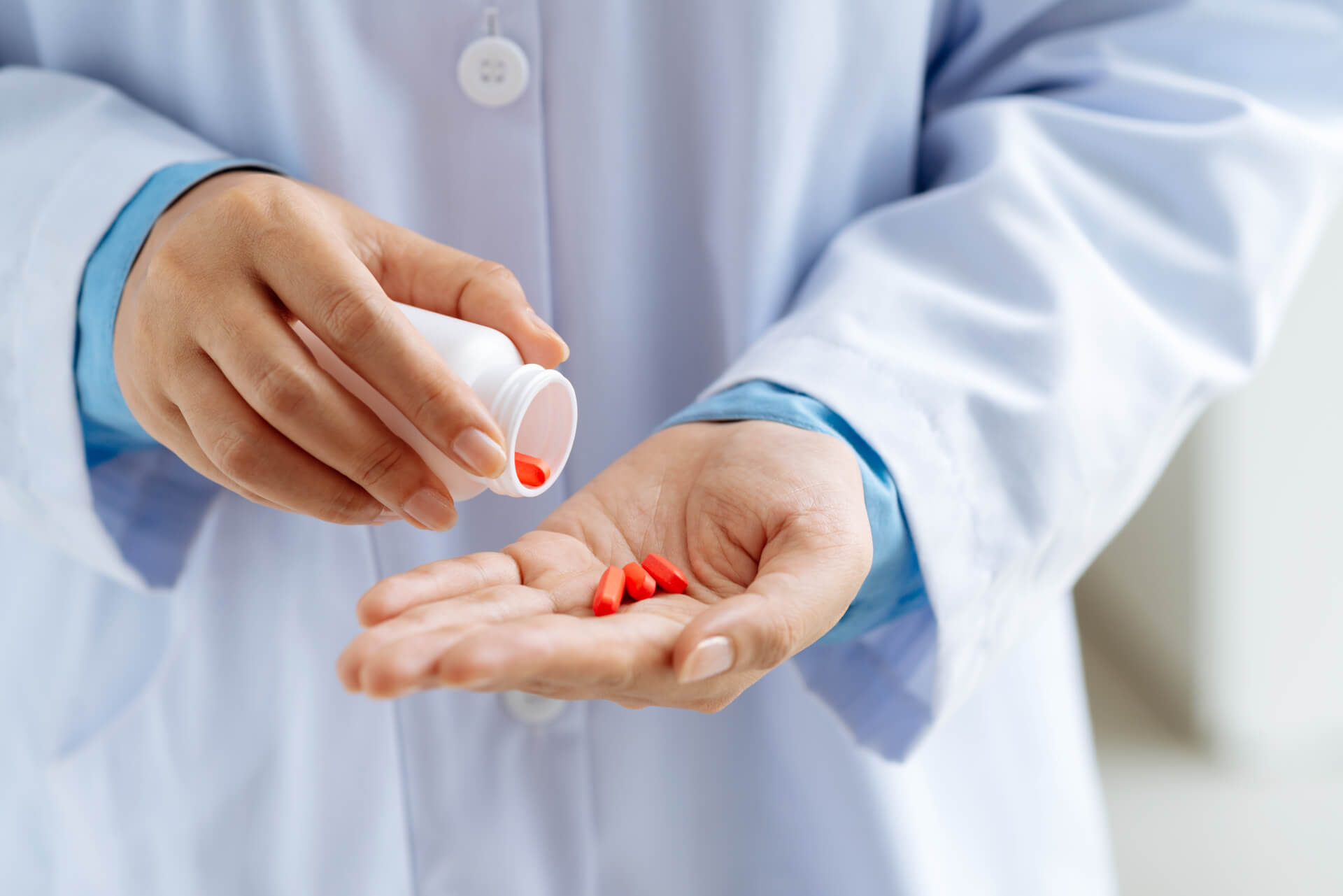Packaging issues can cause serious problems when using potent medications. Many patients and even healthcare professionals may be unaware of what drugs they are actually taking or how much they need.
For instance, a drug named heparin was accidentally given out in high amounts to pediatric patients. The packaging and labeling was later deemed to be misleading, which caused professionals to give these babies the incorrect dosages. Tragically, three of the infants passed away as a result.
The FDA (Food and Drug Administration) responded by putting out warnings telling medical workers to be careful with drugs that had similar packaging. The labels on that specific medication did get changed. Font sizes were increased by 20 percent, color-coding was implemented to tell people what dosage was needed and tear-off labels were added.
These are all positive changes, but the damage was done. Three families lost their children.
It is a big issue when two drugs sound very similar, when the pills themselves look the same or when the packaging is very close to the packaging used by another medication. Things often happen quickly in a medical setting. Even experienced workers can make mistakes when they are rushing and two drugs look and sound the same -- despite having a drastically different impact on the patients.
In some cases, defective packaging can make otherwise safe drugs become completely lethal. A simple mistake when writing out the dosages could cost someone their life. If this happens to you or if you lose a loved one in a tragic accident, you need to understand all of the potential options you have to seek compensation.

